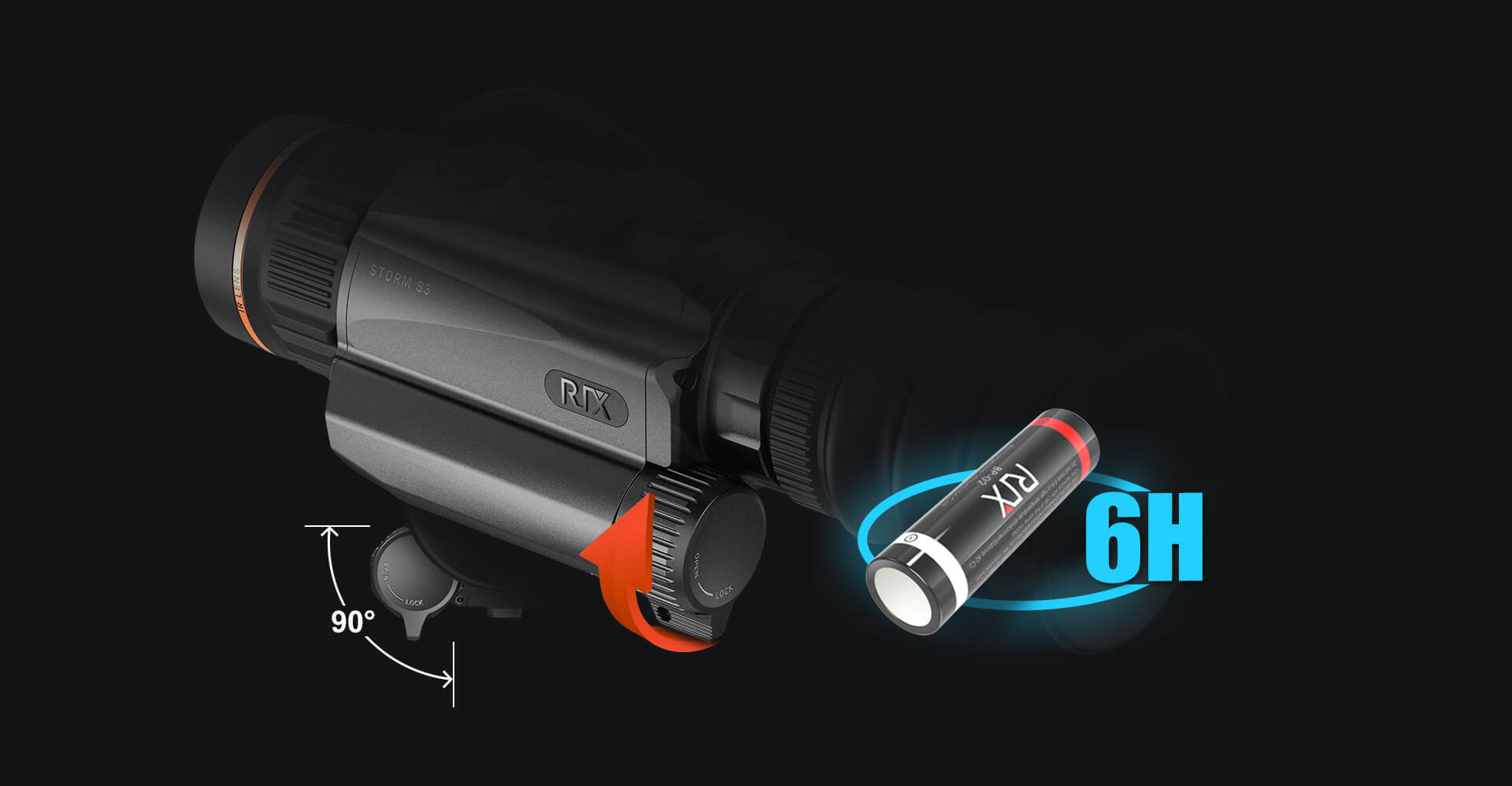In the realm of firearms accessories, night vision rifle scopes stand out as a remarkable innovation. These devices allow shooters to engage targets in low-light conditions, enhancing both accuracy and safety. But how do these sophisticated tools actually work? Let’s delve into the science behind night vision technology.

Understanding Night Vision Technology
Night vision technology primarily relies on two methods: image enhancement and thermal imaging. Each method serves a distinct purpose and operates on different principles.
- Image Enhancement: This method amplifies existing light, such as moonlight or starlight, to create a visible image. It utilizes a series of components, including a photocathode and a microchannel plate, to convert photons into electrons, which are then amplified and converted back into visible light.
- Thermal Imaging: Unlike image enhancement, thermal imaging detects heat emitted by objects. This technology is particularly useful for spotting living beings or warm objects in complete darkness, as it translates infrared radiation into a visible image.
Components of a Night Vision Rifle Scope
A typical night vision rifle scope consists of several key components that work together to provide a clear image in low-light conditions:
- Objective Lens: This lens gathers available light and focuses it onto the image intensifier tube.
- Image Intensifier Tube: This is the heart of the night vision scope, where light is converted into an amplified image.
- Eyepiece Lens: This lens magnifies the image produced by the intensifier tube, allowing the shooter to see the target clearly.
- Housing: The outer casing protects the internal components and often includes mounting options for various firearms.
Benefits of Using Night Vision Rifle Scopes
Investing in a night vision rifle scope offers several advantages:
- Enhanced Target Acquisition: Shooters can identify and engage targets that would otherwise be invisible in darkness.
- Increased Safety: Operating in low-light conditions becomes safer, as shooters can see their surroundings more clearly.
- Versatility: These scopes are suitable for various applications, including hunting, law enforcement, and military operations.
Choosing the Right Night Vision Rifle Scope
When selecting a night vision rifle scope, consider factors such as:
- Generation: Night vision devices are categorized into generations, with Gen 1 being the most basic and Gen 3 offering superior performance.
- Magnification: Depending on your shooting needs, choose a scope with appropriate magnification levels.
- Durability: Ensure the scope is built to withstand harsh conditions, especially if used in the field.
For more information on high-quality night vision rifle scopes, visit  .
.
In conclusion, understanding the science behind night vision rifle scopes can significantly enhance your shooting experience. By leveraging advanced technology, these scopes provide unparalleled visibility in low-light conditions, making them an essential tool for any serious shooter.



